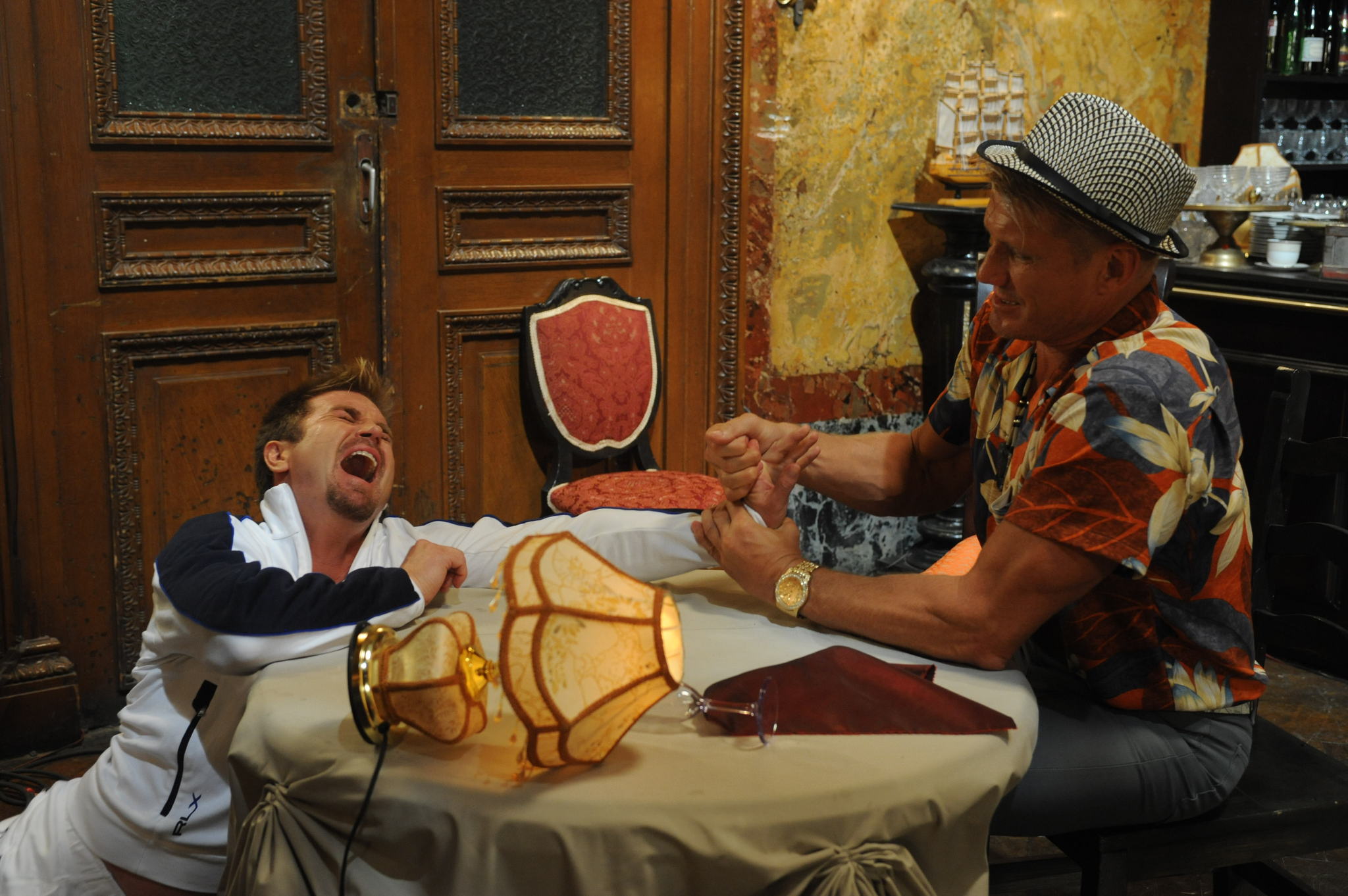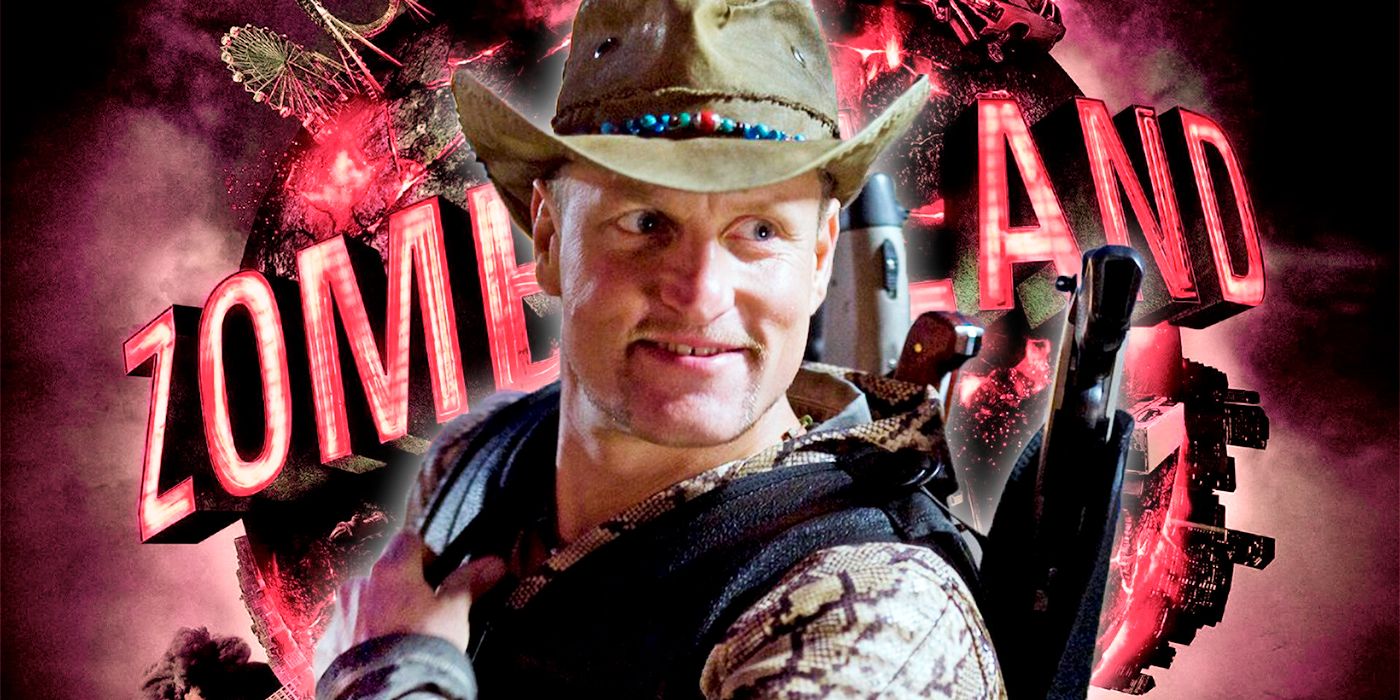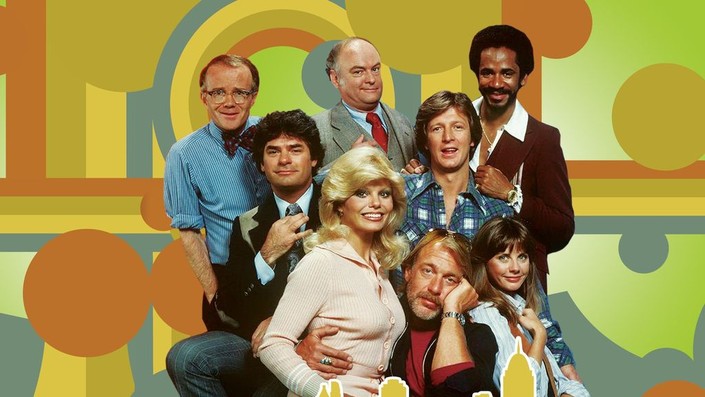“One in the Chamber” (2012): A Bullets-and-Betrayal Crime Thriller
One in the Chamber, a 2012 direct-to-video action thriller directed by William Kaufman, brings together two veteran action stars—Cuba Gooding Jr. and Dolph Lundgren—in a gritty underworld tale of assassins, crime syndicates, and shifting loyalties. Set in the shadowy corners of post-Soviet Eastern Europe, the film attempts to blend stylized violence with noir-inspired tension, offering a fast-paced narrative filled with double-crosses and high-caliber shootouts.
The story revolves around Ray Carver (played by Cuba Gooding Jr.), a seasoned contract killer who finds himself caught in the middle of a war between two powerful mafia factions in an unnamed Eastern European city. Hired to take out a key figure in one of the crime families, Carver inadvertently ignites a larger conflict that spirals out of control. To clean up the mess and settle old scores, the mob brings in another hitman—Aleksandr “The Wolf” (played by Dolph Lundgren), a legendary killer with a flamboyant style and brutal efficiency.
![Xem Phim TRUY LÙNG SÁT THỦ | One In The Chamber (2012) | [Full HD Engsub + Vietsub]](https://www.studyphim.vn/system/movies/1950/thumbnails/original/oneinthechamber.jpg)
What unfolds is a tense game of cat and mouse between the two assassins, interwoven with betrayal, political corruption, and the personal costs of a life spent in the shadows. Though initially adversaries, Carver and The Wolf gradually discover that they share common enemies and motivations, leading to an uneasy alliance against a greater threat.
Cuba Gooding Jr. plays Ray Carver with a subdued, brooding intensity. His portrayal leans into the psychological toll of years in the killing business, portraying Carver as a haunted man trying to find redemption in a world that offers little of it. On the other hand, Dolph Lundgren brings a surprising dose of charisma and humor to The Wolf. Dressed in eccentric suits and exuding confidence, Lundgren steals many of the film’s scenes with his larger-than-life presence and unpredictable energy.

Director William Kaufman stages the action with clarity and grit, favoring practical effects and close-quarters choreography over CGI spectacle. The film's visual style is drenched in gray and muted tones, matching the bleak urban environments and moral ambiguity of its characters. Shootouts are intense and often brutal, but never gratuitously excessive, maintaining a grounded, street-level feel.
Despite its engaging setup and solid performances, One in the Chamber is not without its shortcomings. The plot can feel familiar, even formulaic, as it draws on well-worn assassin tropes and Eastern European crime clichés. Some supporting characters are underdeveloped, and the film occasionally loses momentum between action sequences. However, fans of gritty B-action thrillers will find enough here to satisfy—especially in the dynamic between its two leads.
Ultimately, One in the Chamber delivers a stripped-down, violent thriller that explores the personal toll of life in the criminal underworld. While it may not break new ground in the genre, the film offers an entertaining showcase for Cuba Gooding Jr.’s dramatic chops and Dolph Lundgren’s action-star charisma. For viewers who enjoy brooding antiheroes, stylized gunplay, and morally gray storytelling, this movie hits its target.



